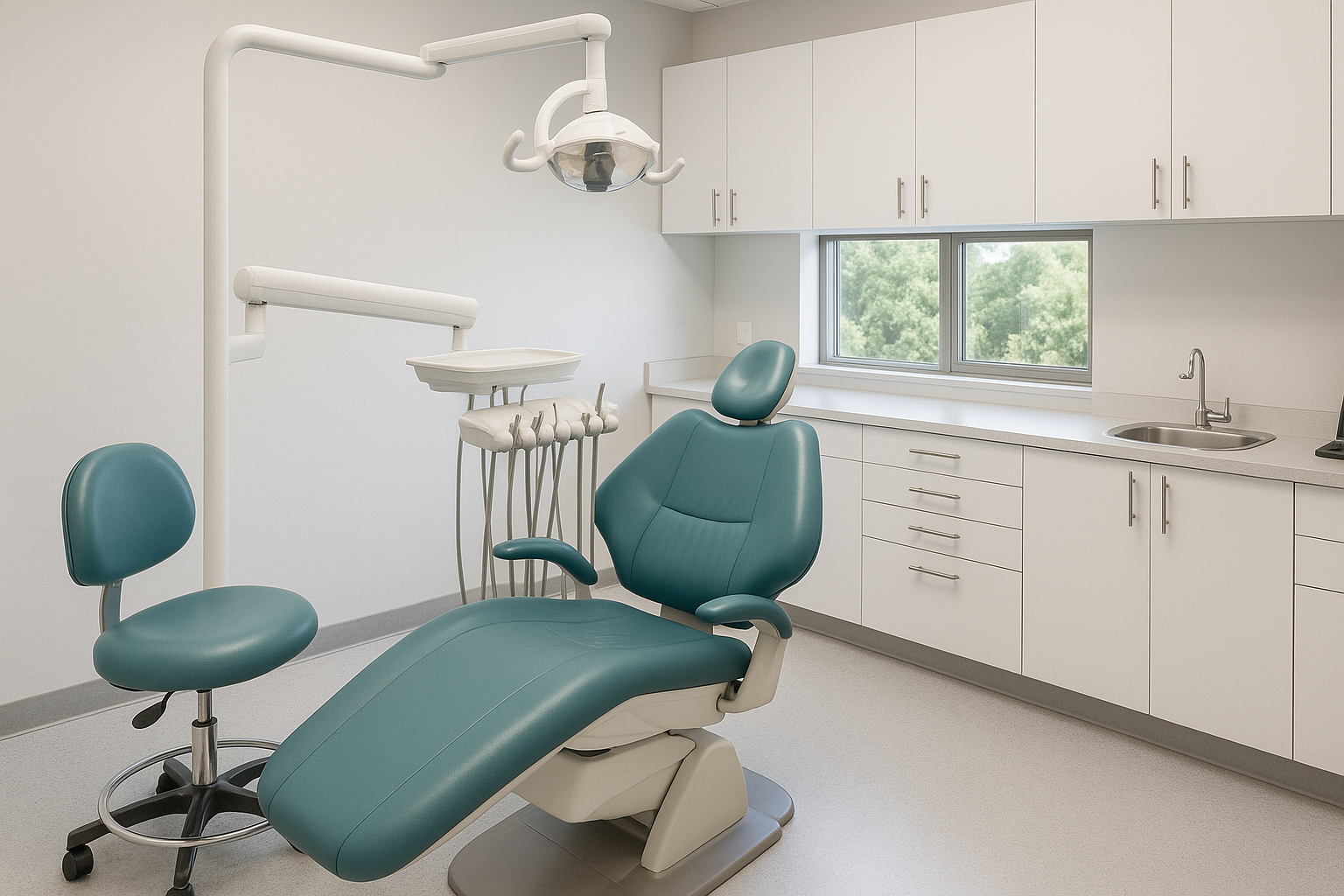Most times when a patient walks through the door of a dental or medical clinic, they are exposed to a carefully crafted environment. What healthcare professionals now recognize is that these physical surroundings influence everything from staff workflow to long-term patient trust. As Canada’s care standards rise and patients become more informed, Dental and Medical Clinics must adapt by elevating the quality of their physical spaces.
Rather than focusing solely on clinical technology or adding surface-level comforts, leading Dental and Medical Clinics are embracing healthcare interior design as a strategic piece of patient-centred care. The modern approach goes beyond simply looking welcoming. It encompasses infection control, patient confidentiality, accessibility, and operational efficiency. Tapping into the expertise of a healthcare interior designer ensures that each clinic is not only visually appealing but also fundamentally supportive of healing and high performance.These issues are so common that recent Canadian healthcare surveys indicate nearly 60% of patients rate waiting areas as a significant source of anxiety. In a healthcare climate where provider reputation and patient loyalty are built on experience as much as treatment, a cold or confusing setting can be a formidable barrier. This is where the expertise of a healthcare interior designer becomes not just a luxury, but a crucial strategy for Dental and Medical Clinics that put patients first.
Healthcare interior design goes far beyond surface appearance. It defines the mood and flow of a clinic, eases the journey for visitors and staff, and sends clear signals about care and safety. In Dental and Medical Clinics, every aspect of healthcare interior design contributes to the clinic experience.
The Importance of Interior Design in Dental and Medical Clinics
The most successful Dental and Medical Clinics do more than heal; they welcome. Healthcare interior design takes scientific and clinical principles and applies them to every square metre of public and private areas. When patients enter, they instantly make judgments about professionalism, cleanliness, and humanity. Evidence suggests that first impressions drive not only patient comfort but also their cooperation and the likelihood they will return or recommend the practice.
A skilled healthcare interior designer knows Dental and Medical Clinics are unique: patients are anxious, privacy is non-negotiable, and every second spent fumbling with paperwork or lost in hallways is wasted energy for both visitors and staff. Healthcare interior design optimizes patient flow and sightlines; it makes sure those needing assistance can find their way without confusion or embarrassment.
Recent studies point out that commercial interior design in clinics can reduce patient stress indicators by as much as 40%. Calming colour palettes, soft lighting, zoned waiting areas, and clear signage all smooth what are otherwise very stressful journeys. In children’s clinics and dental spaces, specifically office furniture design makes all the difference in transforming anxiety into reassurance.
Moreover, infection control has risen to the fore for all Dental and Medical Clinics. Healthcare interior designers select easy-to-sanitize materials, seamless flooring, and antimicrobial finishes for both public and back-of-house areas. This is not just about compliance; it enables clinics to run safer, more efficiently, and with less operational downtime. In short, office interior design with infection prevention always in view directly boosts clinic performance and public trust.
How Healthcare Interior Designers Do the Work
Choosing a healthcare interior designer for Dental and Medical Clinics brings advantages that reach far beyond what a traditional office interior designer or commercial interior design generalist can deliver. Healthcare interior designers are trained in the science behind healing environments: they interpret regulations, weave in patient privacy, plan for hygiene, and create inclusive settings where everyone, from children to the elderly to staff can feel at ease.
These professionals begin with analysis: how patients move, where bottlenecks happen, and how office interior design can make the daily journey smoother. In Dental and Medical Clinics, proper workflow design keeps treatment and reception areas discrete, while the layout considers accessibility for wheelchairs, strollers, and walkers.
Key choices in office furniture design such as curved reception desks, modular seating, and wipeable surfaces encourage both comfort and efficiency. Commercial interior design for clinics ensures queuing is organized subtly, not harshly, and that spaces support both privacy and visibility for safety. In private treatment and consult rooms, the healthcare interior designer ensures finishes are calming, equipment is concealed where possible, and lighting is gentle yet sufficient.
Ultimately, the best healthcare interior design is invisible: it works in the background to support outstanding clinical care. The most effective Dental and Medical Clinics report that patients spend less time confused, staff operate more productively, and everyone feels less stressed. These gains are measurable: clinics with expert commercial interior design see higher patient ratings, hear fewer complaints, and even achieve faster patient processing with less staff burnout.
The Value of Professional Commercial Interior Design in Clinics
Hiring a healthcare interior designer at the outset of planning Dental and Medical Clinics means construction errors are reduced, fit outs run faster, and costs are anticipated rather than reactive. Every office interior designer brings a toolbox of contacts, insights, and tested solutions for finishes, lighting, signage, and furniture that will last and support the specific needs of clinical spaces.
The benefits do not stop at occupancy. Well-designed Dental and Medical Clinics require less maintenance and adapt more easily to new technology, changing guidelines, and future expansions. Effective office interior design is also directly credited with lowering patient complaints about noise, temperature, and discomfort.
One overlooked value is staff retention. A commercial interior design that takes staff needs seriously. Quiet rooms, secure storage, ergonomic office furniture design, and logical zones keeps clinicians happy, healthier, and willing to stay as part of the team. With healthcare workforce shortages on the rise, this is a tangible, strategic advantage.
Finally, hiring a dedicated healthcare interior designer rather than a standard office interior designer or builder ensures every inch of space complies with codes, respects the patient journey, and stands up to the daily realities of medical and dental care.
Frequently Asked Questions (FAQ):
Is there evidence that healthcare interior design actually improves satisfaction in Dental and Medical Clinics?
Yes. Clinics with professional healthcare interior design report higher patient satisfaction scores, reduced complaints about discomfort or confusion, and even improvements in care outcomes. Patients notice when commercial interior design is clean, welcoming, and easy to navigate.
Why is office furniture design important in Dental and Medical Clinics?
Office furniture design in clinics must balance comfort, durability, and infection control. The right furniture supports both patients and staff by preventing accidents, standing up to cleaning protocols, and fitting diverse user needs.
When should a healthcare interior designer be involved in the clinic project?
Ideally, a healthcare interior designer joins at the earliest planning stage, collaborating with architects, owners, and staff. This ensures Dental and Medical Clinics avoid costly revisions and regulatory setbacks, and that all office interior design, finishes, and furniture support a truly welcoming environment.
Key Takeaways
- Healthcare interior design shapes the first impressions, comfort, and efficiency of Dental and Medical Clinics
- A healthcare interior designer develops spaces that reduce patient stress, support privacy, and streamline workflow
- Strategic office interior design improves wayfinding, accessibility, and infection control in clinical settings
- Commercial interior design participation early in planning reduces costly errors and supports regulatory compliance
- Specialist-designed office furniture design increases comfort and hygiene for all user types
- Clinics with strong office interior design see higher patient satisfaction and staff retention rates
- Every surface, finish, and feature in Dental and Medical Clinics supports both healing and operational excellence
- Modern healthcare interior designers incorporate relevant Canadian regulations and infection prevention into every decision
- The most successful Dental and Medical Clinics measure, test, and improve their spaces based on both staff and patient feedback
- Early collaboration with a healthcare interior designer saves money, time, and public reputation in the long run
Today’s Dental and Medical Clinics face unprecedented competition for patients and providers alike. The difference between clinics that thrive and those that struggle is often the environment. Clinics that prioritize professional healthcare interior design stand apart as leaders, offering spaces that feel welcoming, organized, and safe at every touchpoint. The right office interior designer or healthcare interior designer will interpret the clinic’s vision into reality, balancing regulatory demands with the deep needs of healing and comfort. Clinics who invest in best-in-class office interior design and adaptability. With the right office furniture design and infection control at the core, these clinics will set new standards for patient care, safety, and hospitality.

